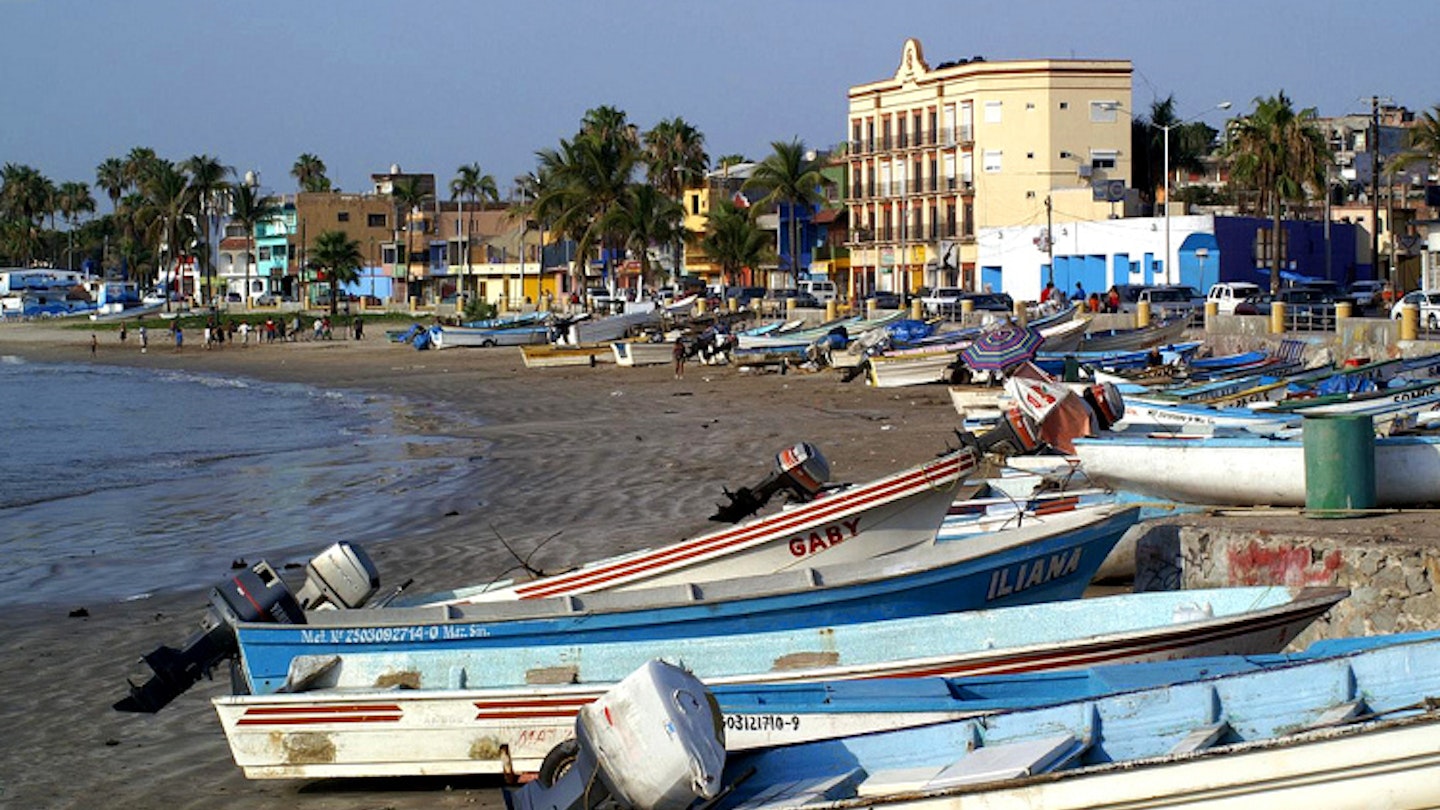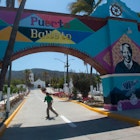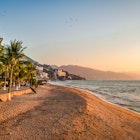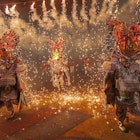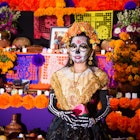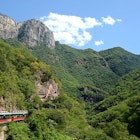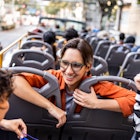Mazatlán, on Mexico’s Pacific Coast, has pretty much everything you could want from a vacation: year-round warm climate, miles of sandy beaches, a beautifully restored colonial old town, and top-quality seafood.
And yet its popularity has been largely confined to Mexican tourists and Americans and Canadians in the know, coming here to escape the winters back home. All this means that for visitors wanting an authentic Mexican seaside experience, Mazatlán is a great choice, and there’s no better time of year to come than during carnival, an annual celebration that takes over the city in the days leading up to Lent.
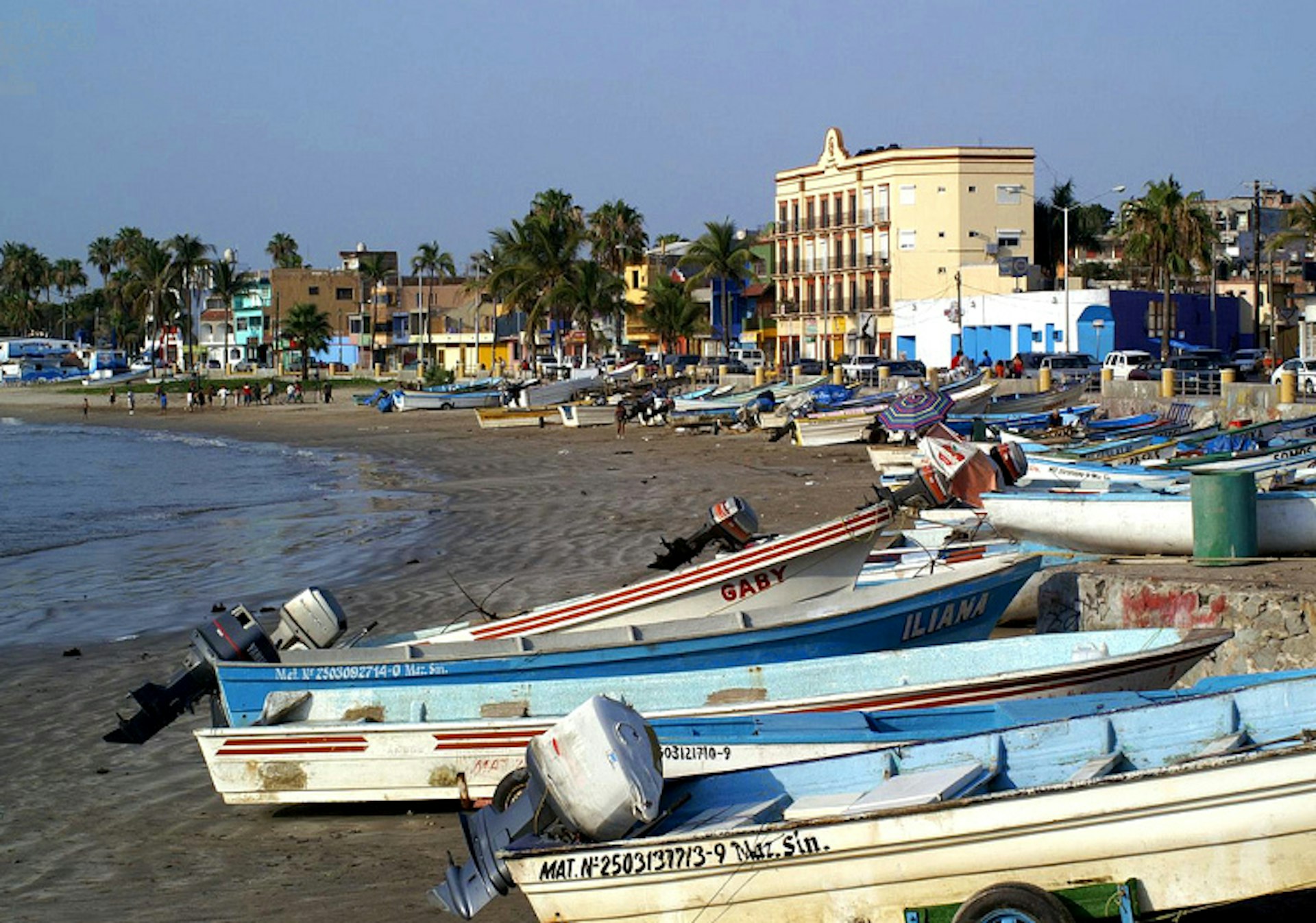
Carnival
Celebrated here since 1898, Mazatlán’s carnaval is said to be the third-largest in the world and, in contrast to similar parties in places like Rio, the celebrations here have a far more family-oriented feel. A series of coronations takes place across the city, beginning with the Rey de la Alegría (King of Joy) and culminating with the Reina de Carnaval (Queen of Carnival), each ceremony accompanied by concerts attended by enthusiastic crowds who cheer on national and international performers.
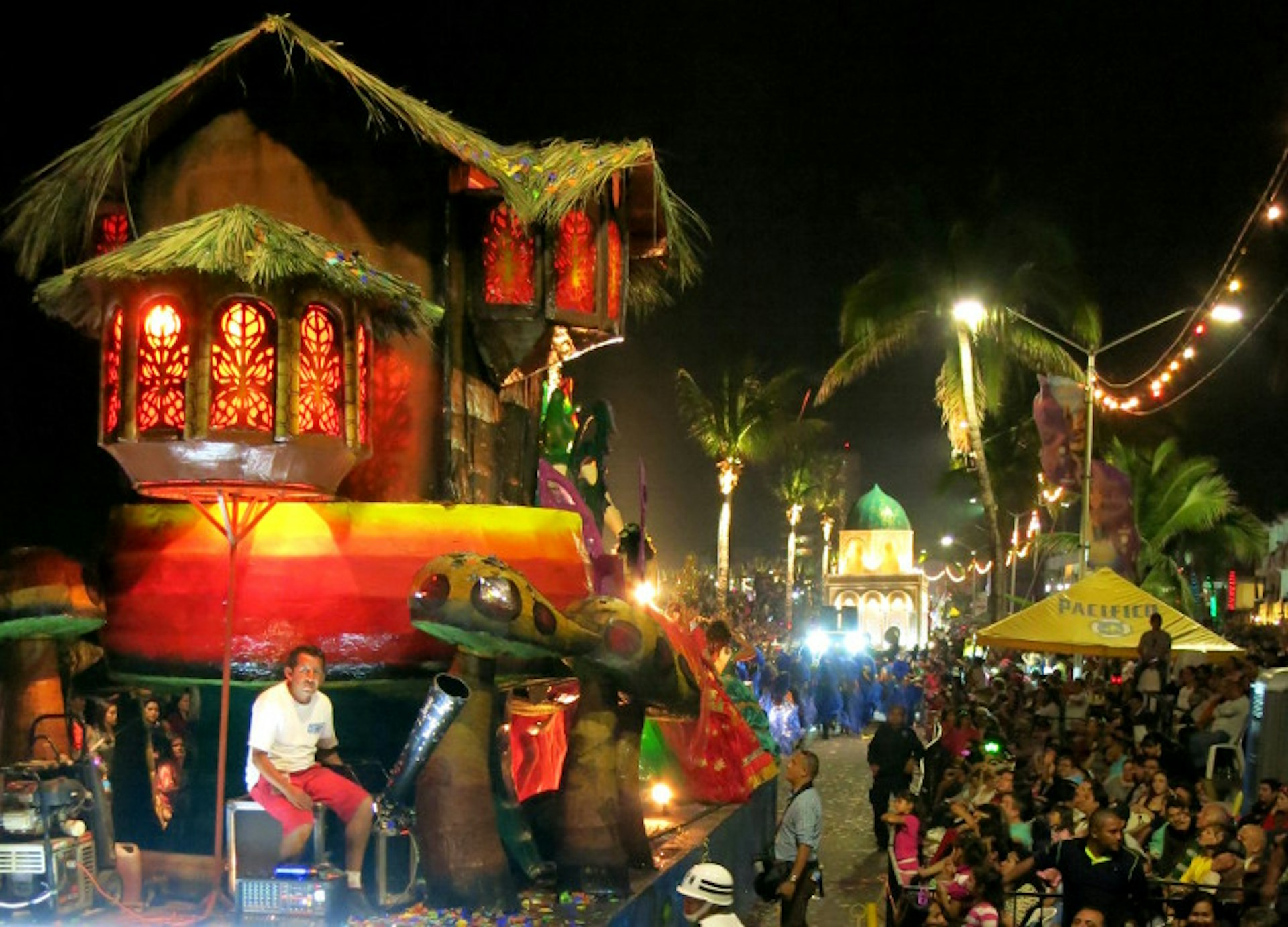
A Mexican victory over the French in a sea battle that took place off the coast of Mazatlán in 1864 is celebrated with a huge fireworks display along the Olas Altas (high waves) beachfront in the old town on the Saturday night after the crowning of the carnival queen. The ensuing partying continues into the early hours but by Sunday evening everyone's out again and ready for the big parade. Passing along the malecón, the long seafront promenade, dozens of floats and dancers encourage an already-lively crowd to get into the carnival atmosphere.
Providing sustenance for this sustained bout of merrymaking are the food stalls set up along the party routes, along with the dozens of restaurants that specialize in fish and seafood but in which you can also find plenty of other options. Numerous bars keeping the beer flowing.
Beyond carnival
Even when the party’s over for another year, Mazatlán has enough to entice visitors. For those interested in lazing around on beaches during the day and partying all night, the Zona Dorada (Golden Zone) is the heart of the action. Further north, new hotels around the developing marina area cater to a clientele looking for nothing more strenuous than a good round of golf. From here, boats head out to Isla de los Venados (Deer Island), the only accessible one of three islands dotted in Mazatlán’s bay and a fine place to swim, kayak, snorkel or take a banana boat ride. Food is available at a beach shack.
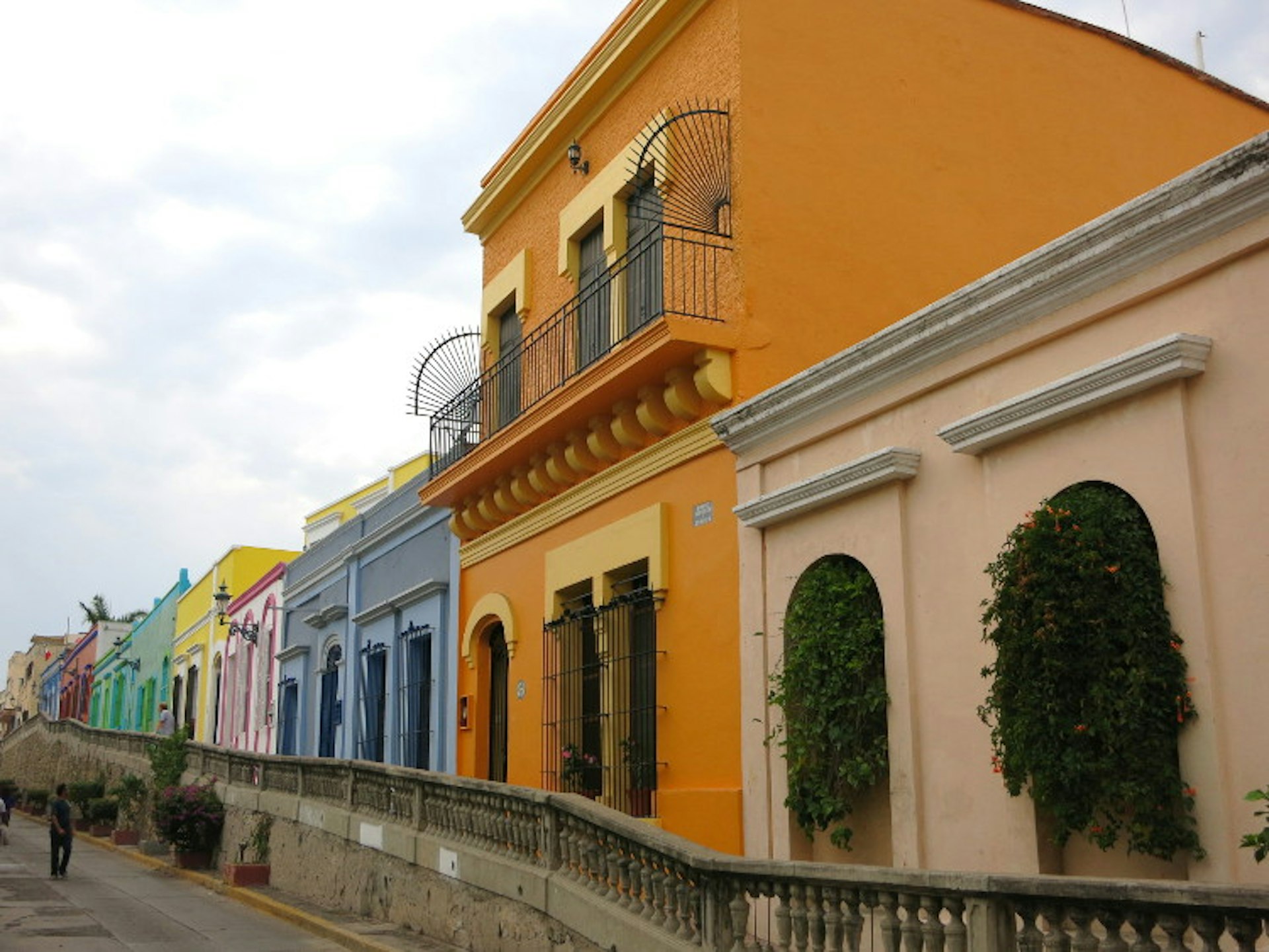
The most interesting part of town though is Old Mazatlán, clustered around the foot of a hill that’s covered in telecommunications aerials. This is where the city began and where an extensive regeneration project has given the old streets and colonial buildings a new lease of life. Plazuela Machado is the place to begin your exploration, a beautiful tree-lined square with restaurant tables spilling out into it on weekends when traffic is banned. The nearby Teatro Angela Peralta is the city’s main performance venue – make sure to head upstairs for the display on the theatre’s restoration after the devastation of Hurricane Olivia 40 years ago. A few blocks away to the north stands the cathedral, notable for the unusual inclusion of the Jewish Star of David symbol in the stained glass windows, a nod to the integrated social scene in late nineteenth-century Mazatlán. West along Calles Flores and its much photographed row of multicolored houses is the ocean where a new balneario (outdoor pool and sunbathing facility) is being constructed. Look out for the clavadistas (cliff divers), just along the seafront from here, and tip accordingly when they take their chances against the rocks in the pounding Pacific below.
An excellent day-trip from Mazatlán is Los Osuna distillery, a family-run business selling tequila - although it can't use the name tequila as that has protected status and can only be used for the liquor produced in the state of Tequila itself. A tour of the small-scale factory takes you from the agave plants growing in the fields and the ovens they're cooked in, through fermentation, bottling and, of course, sampling. An indication of the quality of Los Osuna's product is the gold medal they won at a tequila competition in San Francisco a few years ago. To get here, rent a car (45-minute drive from Mazatlán) or take a tour with Pronatours (www.elcid.com/pronatours; US$48, includes tequila factory tour, traditional village visit, and lunch).
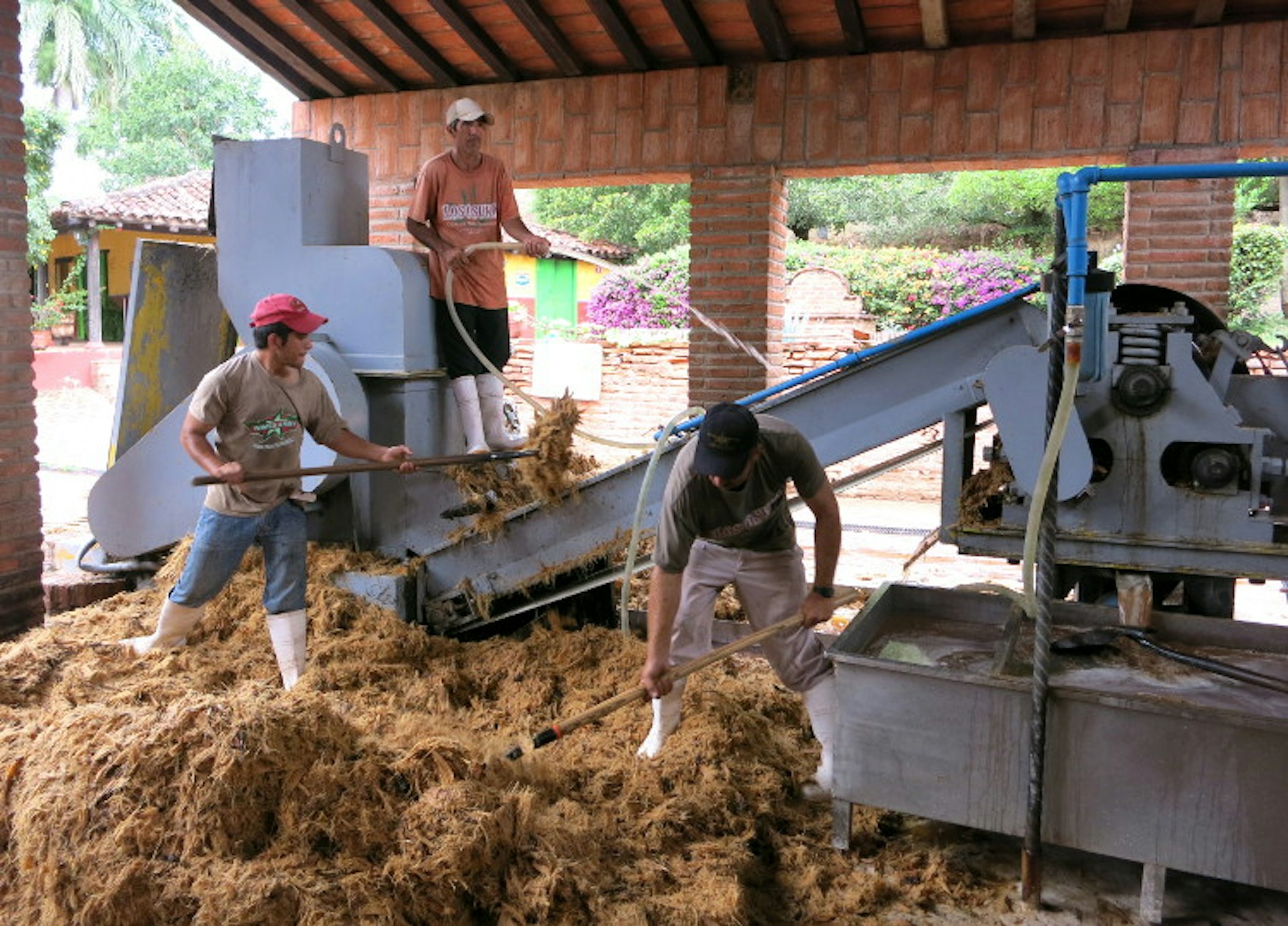
Where to stay and eat
For quaint and historic accommodations, the old town has a few options including the Posada Freeman, the city’s first skyscraper with great views across the ocean and a rooftop pool. In the Zona Dorada, Playa Mazatlán was the first big hotel built in the area and is still one of the best.
To get your hands on some of the tasty seafood for which Mazatlán is famous, head to Pedro & Lola on charming Plazuela Machado. Best bet for breakfast is Panamá (www.panama.com.mx; various locations in the old town and Zona Dorada) a bustling place that’s packed all day with loyal and hungry locals– always a good sign.
Clifton Wilkinson traveled to Mazatlán with support from Pronatours. Lonely Planet contributors do not accept freebies in exchange for positive coverage.

